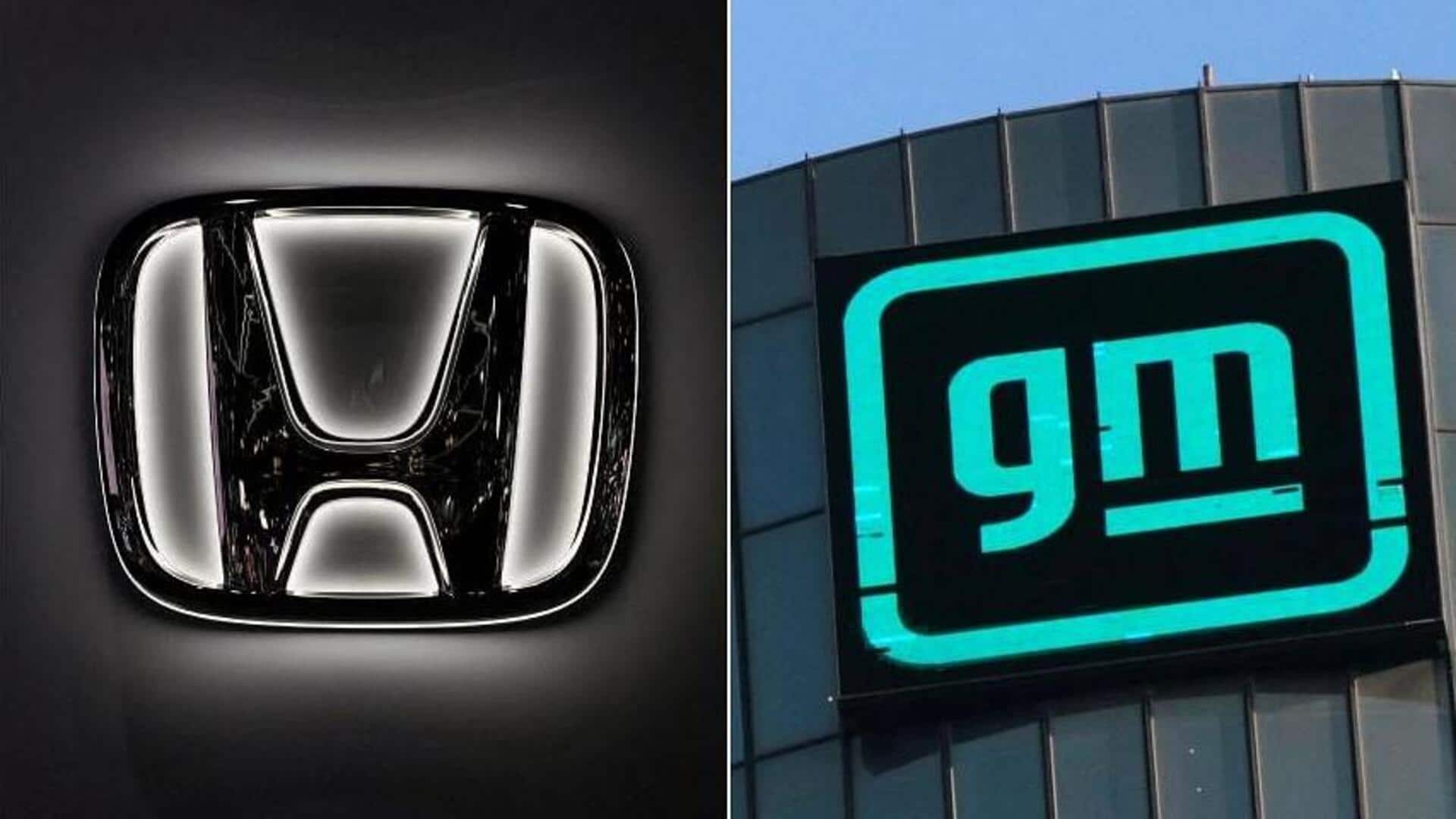
Honda and GM abandon joint EV development plan: Here's why
What's the story
Honda and General Motors (GM) have opted to abandon their joint venture to create affordable electric vehicles (EVs). This decision comes just a year after the two automotive giants agreed to work together in an attempt to rival Tesla in the EV market. The move underscores GM's pivot toward prioritizing profitability, as it deals with escalating costs due to United Auto Workers strikes, which spiked to $200 million per week this month.
Details
Reasons behind ending the joint development
"After conducting some research and analyses, both parties decided to end the development," Honda said, adding, "Each company will continue to work toward offering affordable models to the EV market." This choice follows GM's retraction of its 2023 profit outlook on Tuesday. In a conversation with Bloomberg, Honda CEO Toshihiro Mibe explained, "After studying this for a year, we decided that this would be difficult as a business, so at the moment, we are ending development of an affordable EV."
What Next?
Original plans for the joint EV project
In April of last year, Honda and GM agreed to create a range of budget-friendly EVs built on a new shared platform. The strategy aimed to produce potentially millions of vehicles from 2027, including compact crossover models utilizing GM's Ultium battery technology. Despite scrapping the joint development plan, Honda confirmed that its objective to sell only electrified cars by 2040 remains unchanged.
Insights
A separate partnership with GM's Cruise unit unaffected
A Honda representative clarified that the recent safety incident in the US involving GM's Cruise unit will not affect its separate partnership with GM and Cruise. California ordered Cruise to remove its autonomous vehicles from state roads on Tuesday, citing public safety concerns and accusing the company of misrepresenting the technology's safety. Honda announced last week its plan to form a JV with GM and Cruise in H1 2024 to launch a driverless ride service in Japan by early 2026.